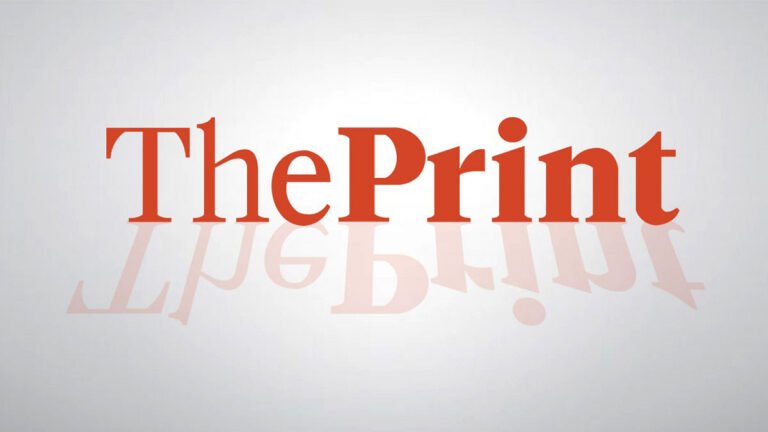VMPL
New Delhi [India], April 2: While considering investment options, investors tend to compare recurring deposits (RD) and mutual funds to determine the suitable option based on their financial goals. Both investments possess differing features and, hence may suit different investor profiles. While RDs can offer a fixed rate of interest and assured returns, mutual funds can offer a potential for capital appreciation in addition to market-linked returns. Understanding the differences between these two options can allow investors to make informed decisions, equating investments with their financial goals and risk levels.
What is a Recurring Deposit (RD)?
Recurring deposit, or RD, is an investment facility that potentially provides fixed returns given by banks and other financial organisations. It lets individuals invest in fixed amounts regularly against a given RD interest rate for a certain investment duration. RDs can be a secure investment as they may ensure returns and are not often influenced by market fluctuations. Investors looking to have a regular and systematic means of saving tend to opt for RDs to potentially accumulate wealth over time. Additionally, interest on RDs may differ, often based on the bank and the tenure chosen by the investor.
What is a Mutual Fund?
A mutual fund is a collective pool of investment instruments that accumulates funds from a number of different investors and invests them in a variety of assets like equities, bonds, and market-linked investments. Mutual funds are managed by trained fund managers, and they provide an opportunity to gain returns as per the movement of the market. Mutual funds do not offer fixed returns such as RDs since they are subject to market volatility.
Investors can invest in different types of mutual funds, including equity funds, debt funds, and hybrid funds, depending on their investment goals and risk tolerance. Mutual funds provide liquidity, allowing investors to withdraw the capital as required or stay invested for long-term wealth creation.
Differences between RD and Mutual Funds
Understanding the essential differences between a recurring deposit (RD) and mutual funds may help investors choose the suitable investment option that efficiently aligns with their financial objectives.
Investment Goals
Recurring Deposit (RD) is ideal for individuals looking for a risk-free saving instrument with assured returns. Mutual funds aim to increase capital in the long run through market-related investments.
RDs can be suitable for investors who are risk-averse in nature, while mutual funds can be often suitable for investors who have a high-risk tolerance level.
Return and Risk Component
RD has a fixed RD rate of interest to provide steady returns over the investment period.
Whereas mutual funds have no fixed rate of return since they are market-dependent. The risk involved in investing in mutual funds varies with the kind of fund individuals choose to invest in.
Liquidity and Tenure
RDs typically carry penalty charges for early withdrawal.
Mutual funds are more liquid, and investors can withdraw capital when in need. However, certain mutual funds, such as tax-saving schemes, may have a lock-in duration.
Tax Implications
RD interest is liable to tax under deduction at source (TDS) if it exceeds the stipulated limit.
Mutual funds, however, are taxed based on the type of investment and holding period. Equity mutual funds, if they are held for over a year, may fall under long-term capital gains tax, while short-term gains have higher tax rates.
How to Choose Between RD and Mutual Funds
When selecting between an RD and a mutual fund, investors often need to examine their financial goals, risk tolerance level, and period of investment. RDs are appropriate for people who desire a secure and reliable return, while mutual funds can be suitable for people who want to achieve possibly higher returns regardless of market fluctuation. Understanding these factors can help investors choose between recurring deposits and mutual funds, whichever suits their financial goals.
How to Use the Investment App for Wise Investment Decisions
One of the best MF investment app may facilitate easy investment in mutual funds with fund comparison features, performance tracking, and portfolio management. The apps can offer details on various mutual funds, allowing investors to make well-informed decisions with data. Investors can also access SIP calculators and live market updates through these apps.
Conclusion
Recurring deposits (RDs) and mutual funds are two distinct financial products that cater to the needs of different investors. RDs can provide security, assured returns, and thus can be a suitable choice for conservative investors. However, mutual funds offer market-linked growth opportunities for individuals who are ready to take risks. Determining investment objectives and risk tolerance may help one choose between the two. Investors can thus explore various RD and mutual fund schemes and choose one that aligns with their financial planning and long-term wealth creation strategies.
(ADVERTORIAL DISCLAIMER: The above press release has been provided by VMPL. ANI will not be responsible in any way for the content of the same)
This story is auto-generated from a syndicated feed. ThePrint holds no responsibility for its content.

